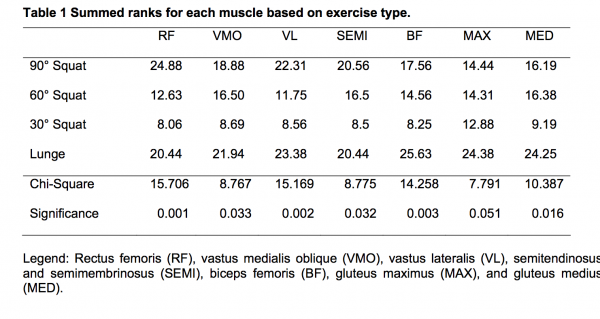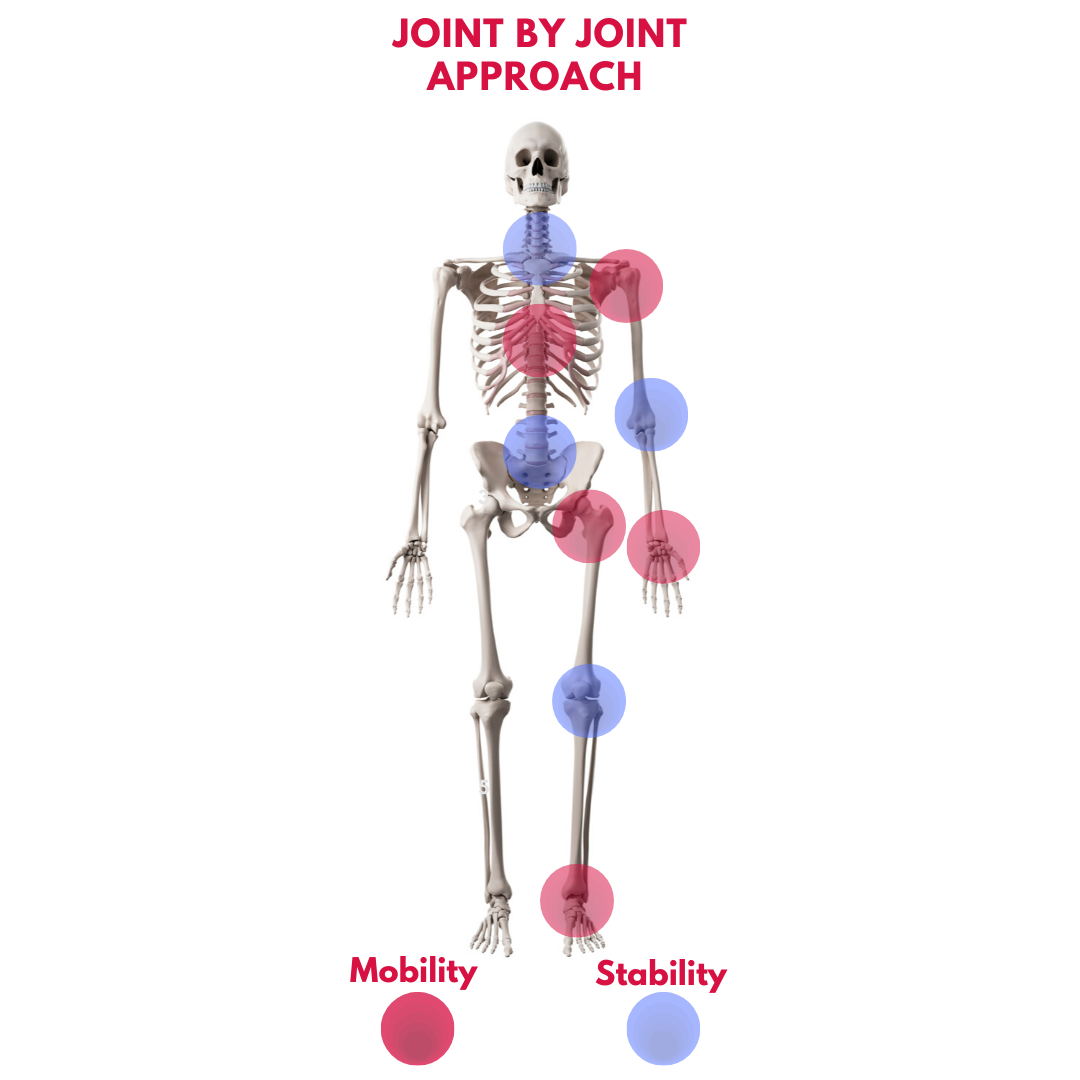How To Better Build Single Leg Training
2021-05-17
Jessica Bento, Physical Therapist (Creator of DVRT Restoration Certification & Better Backs, Knees, & Shoulders Programs)
It isn’t difficult to help people see the value in single leg training. The reason that people often don’t prioritize single leg training has to do more with the lack of great cuing and progressions that we have to help people be successful than this type of training itself. Single leg training has to be one of the more difficult movements I see people performing in the gym and it can seem overwhelming to get people to perform it at the levels we want to see. How do we do it then? How do we help people see better results and success with single leg training?
Let’s first address why we should be doing single leg training in the first place before we dive into how to make it better.
Studies do show greater activation in muscles like that glute max, glute med, and rectus femoris with activities such as the single leg squats, step ups and lunges. Performing more unilateral movements will also challenge our overall stability “turning on” on all those smaller stabilizers of the lower quarter and limb. So basically is just works more muscles.

Renown Strength Coach Mike Boyle states, “You do almost everything in sports in a split stance, or by pushing off one leg from a parallel stance, so it just makes sense to train your body that way.”
Researchers have also made powerful statements like, ““By training the athletes in the body weight lunge, they can obtain the same results of that of squat to 90 ̊ training. The lunge allows the athlete to be in a more sport functional position. From the basic lunge position of the knees flexed to 90 ̊ we can begin to train explosive recovery moves, which would transfer over to competition. Ideally, athletes should be training their kinetic chain fluidly and dynamically; the more dynamic the activity the more fluid the athlete’s movement and posture will be in competition. As a coach, personal trainer or athletic trainer, we should begin to worry when movement gets ridged because of the susceptibility to injury.”

Where do people go wrong with single leg training? Well, primarily I see most doing just body weight single leg training, since it is already challenging, I believe people tend to shy away from loading the movment in fear of making it even more challenging. But this is where people go wrong. We can use load to create better core tension and better pattern the movement.
So what do I mean?
A study in 2012 looked at if purposefully activating the core musculature affected the hip and knee kinematics during a single leg squat. The study did find that increasing the core tension did increase the range of motion in the single squat.

So improved core engagement equals better single leg squats. Which makes since when you think about, we go over the joint by joint approach often here in DVRT but sometimes seeing a different application of it might help.
If we have the improved core engagement and stability then we get we get greater distal mobility in this case improved lower limb range of motion during a movement like the single let squat.

If we can get the core involved more with our single leg training we will automatically improve upon the movements.
What does this even look like?
View this post on Instagram
These two movements look so similar but with the Ultimate Sandbag we aren’t just getting a counter balance like the dumbbells, but we are taking the load from the upper body into the core to give us that stability that makes single leg training easier to teach.
In the post below I utilize the Ultimate Sandbag to create that core tension whether the placement is in the front hold position or using a press out. I am still focused upon creating that tension so that I can get improved lower body movement.
View this post on Instagram
This series shows how I can use the Ultimate Sandbag to make it easier to perform my single leg training thanks to the core stability that these positions allow me to achieve. The last drill though does show where I can also make single leg training more multi-planar by resisting more forces trying to knock my body out of position.
View this post on Instagram
Even in very challenging single leg training exercises like these skier squats we see how feedback to our core through our feet and the weights we use is so important.
Sometimes I get that we know a certain training method is good for us, but it can seem almost impossible to help get people where we want them to be in order to achieve that success. Try these methods and check out some of my cuing below to really get the essence of how we do things differently, but with great purpose in DVRT.
Don’t miss saving 30% on Jessica’s NEW “Better Backs, Knees, & Shoulders” program along with any of our corrective exercise programs HERE with code “better”
View this post on Instagram
© 2025 Ultimate Sandbag Training. Site by Jennifer Web Design.







